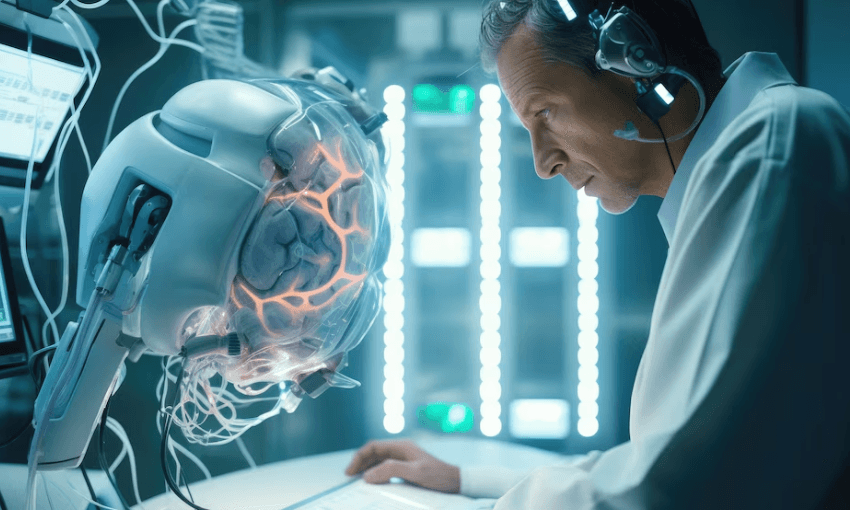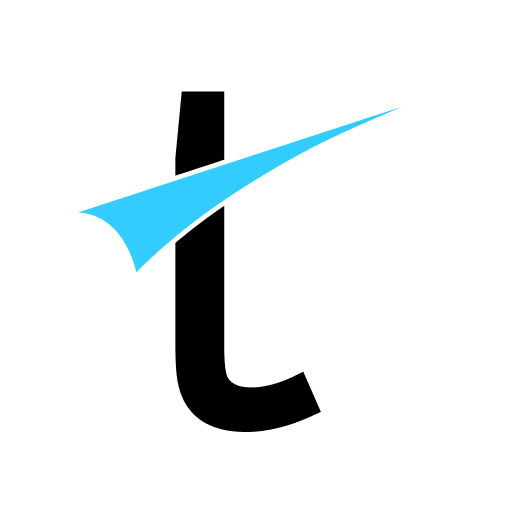How Your Medicines will be "AI Generated"

Author

Rahul Joshi
Founder, CEO
In This Article
The field of drug discovery is undergoing a transformative shift, thanks to the integration of artificial intelligence (AI). Traditional methods of drug discovery are time-consuming, costly, and often inefficient. AI, with its ability to process vast amounts of data and identify patterns, promises to revolutionize this field, making the process faster, cheaper, and more precise. This report delves into the current challenges in drug discovery, the role of AI in addressing these issues, and the implications for consumers and the healthcare industry.
The traditional drug discovery process is lengthy, often taking over a decade and costing billions of dollars. This process is characterized by:
- High Failure Rates: Approximately 90% of drug candidates fail during clinical trials due to safety and efficacy issues.
- Complex Biological Systems: Understanding the intricate interactions within biological systems is challenging, leading to difficulties in predicting how drugs will behave in the human body.
- Limited Structural Data: The availability of high-quality structural data for proteins is often insufficient, which hampers the ability to design effective drugs.
- Time: It typically takes 10-15 years to bring a new drug to market.
The integration of AI into drug discovery is reshaping the landscape in several ways:
- Enhanced Predictive Models: AI algorithms can analyze vast datasets to identify patterns and predict drug interactions, leading to more informed decision-making in drug design.
- Reduction in Time and Costs: By streamlining processes such as virtual screening and lead optimization, AI can significantly reduce the time and costs associated with bringing new drugs to market.
- Personalized Medicine: AI technologies enable the development of personalized medicine approaches, where treatments can be tailored to individual patients based on their genetic profiles and specific disease characteristics.
The AF2RAVE-Glide workflow enhances drug discovery by systematically exploring metastable protein conformations and accurately ranking them using Boltzmann weights. This approach is particularly useful for identifying holo-like structures that can bind to specific types of inhibitors, such as type II kinase inhibitors that target the inactive state of kinases.
Key aspects of the AF2RAVE-Glide workflow:
- Generating diverse protein conformations: The workflow starts with generating an ensemble of diverse protein conformations using reduced multiple sequence alignment (rMSA) with AlphaFold2 (AF2).
- Identifying holo-like structures: The AF2RAVE method is applied to the rMSA AF2 ensemble to identify holo-like structures that can bind to specific types of inhibitors. AF2RAVE uses machine learning-based techniques to explore metastable states and rank structures based on their Boltzmann weights.
- Docking with inhibitors: The top-ranked holo-like structures from AF2RAVE are used for docking experiments with known inhibitors, such as type II kinase inhibitors, using tools like Schrödinger Glide and Induced-fit docking (IFD).
The workflow was demonstrated on three kinases: Abl1, DDR1, and Src. The results showed that out-of-the-box AF2 structures predominantly exhibit the active DFG-in state and struggle to dock with type II inhibitors targeting the inactive DFG-out state. However, the rMSA AF2 ensemble contained some holo-like structures, particularly for DDR1, which were successfully identified and ranked by AF2RAVE.
By combining AF2RAVE for structure selection and Glide/IFD for docking, the AF2RAVE-Glide workflow enhances the chances of identifying holo-like structures suitable for virtual screening with specific types of inhibitors. This approach can accelerate drug discovery by providing a systematic way to explore metastable protein conformations and prioritize potential drug candidates for further development.
The advancements in AI-driven drug discovery have significant implications for everyone:
- Faster Access to Treatments: AI accelerates the drug discovery process, reducing the time it takes for new medications to reach the market. This leads to quicker availability of life-saving drugs, improving health outcomes.
- More Affordable Medications: AI efficiency in drug development is expected to lower overall costs, resulting in more affordable prescription drugs and reduced financial burden on families.
- Personalized Medicine: AI can analyze genetic and health data to create personalized treatment plans, increasing medication effectiveness and reducing side effects.
- Improved Safety and Efficacy: AI predicts potential safety issues and optimizes drug design, enhancing the overall safety and efficacy of new treatments.
- Enhanced Healthcare Experience: AI's role in drug discovery contributes to a smarter, more efficient healthcare system that prioritizes patient well-being.
The integration of AI into drug discovery represents a paradigm shift in how we develop new medicines. While still in its early stages, this technology has the potential to accelerate the discovery of life-saving treatments, reduce costs, and lead to more personalized therapies.
As we move into this new era, it's crucial for everyone – not just scientists and healthcare professionals – to stay informed about these developments. The medications we rely on in the future may well be discovered or designed with the help of AI, marking a new chapter in the ongoing story of human health and technological innovation.
Artificial Intelligence and Machine Learning: Efficiency Unleashed Enter the realm of artificial intelligence (AI) and machine learning (ML), where efficiency reaches new heights. These technologies can automate tasks, improve accuracy, and enhance decision-making. For example, AI-powered chatbots can handle customer inquiries, reducing the need for human intervention. Predictive analytics driven by ML can optimize supply chain management, minimizing costs and maximizing efficiency. By harnessing the power of AI and ML, businesses can unlock untapped potential, revolutionizing their operations and driving substantial cost savings.
In an era defined by rapid technological advancements, businesses that embrace technology gain a competitive advantage. Technology revolutionizes operations, driving cost reduction and boosting efficiency. Automation, data analytics, paperless initiatives, productivity optimization, cloud computing, and AI/ML are just some of the game-changing tools available. By leveraging these advancements, businesses can streamline processes, make informed decisions, and achieve significant cost savings. Embrace technology's transformative power, and watch as your business thrives in an era of innovation and efficiency.
